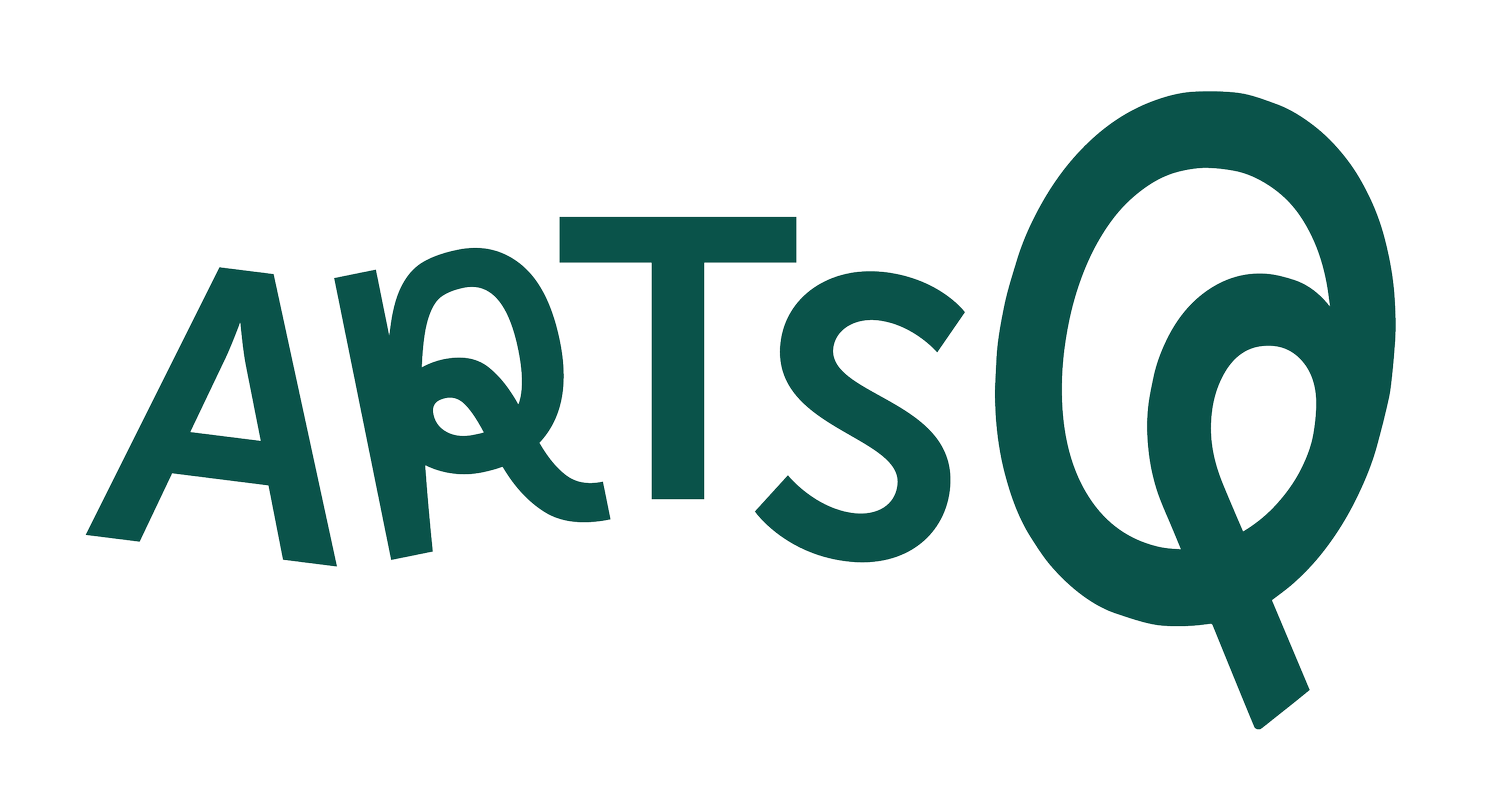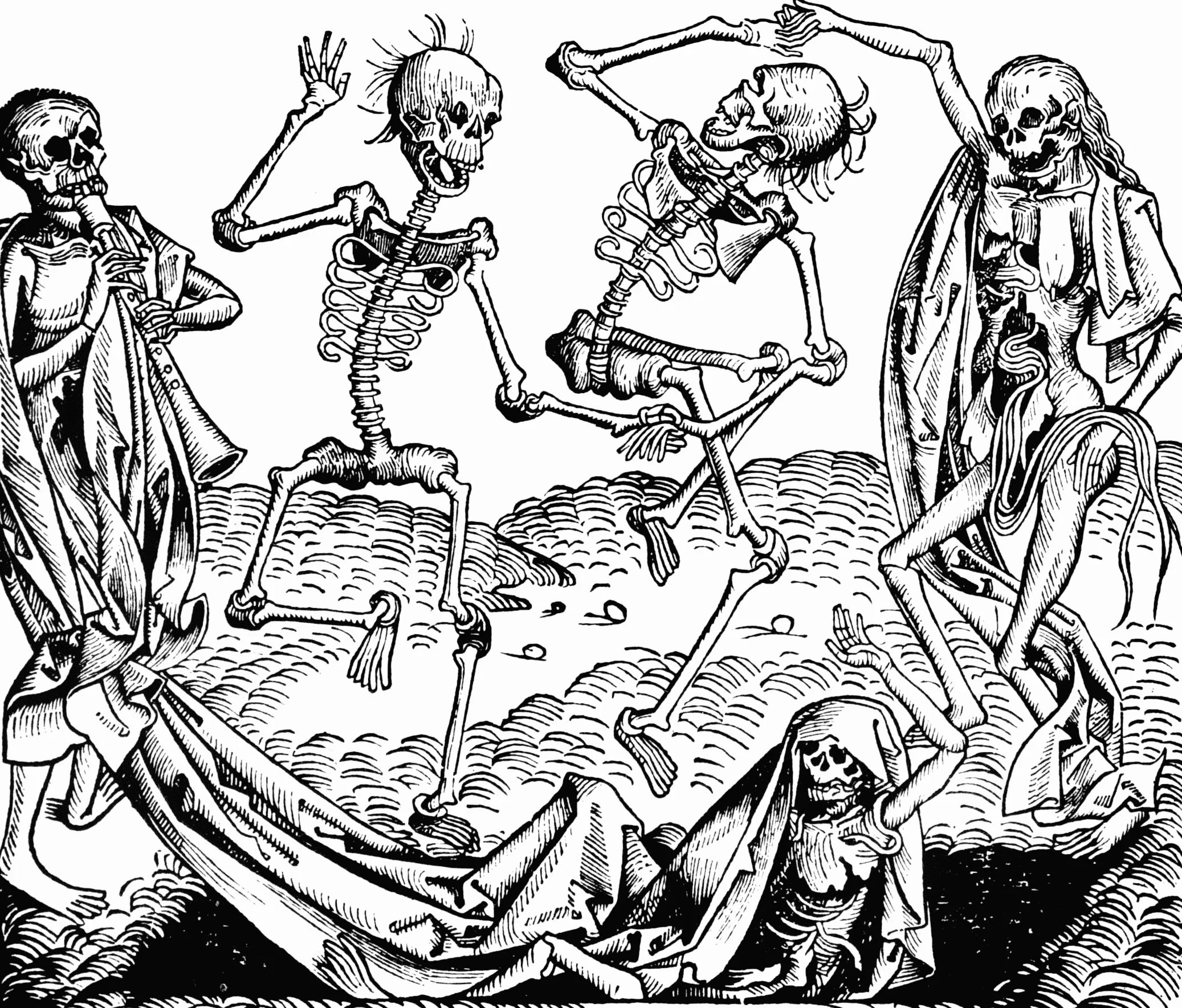Spooky Season in Art: Skeletons, Spirits, and the Supernatural
José Guadalupe Posada, La Calavera Catrina, c. 1910. Library of Congress.
Spooky Season!
Spooky season is here! The leaves are changing, the nights are longer, and it’s the perfect time to explore the eerie side of art throughout history. Around the world, artists have turned to skeletons, spirits, and strange creatures to wrestle with life’s biggest mysteries and to provide social and political commentary. From medieval Europe to ancient China to ancient Peru and nineteenth-century Mexico, we can look at images and objects that seem spooky, eerie, or gruesome today. But were they always meant to be understood this way?
Let’s look at a few examples.
Michael Wolgemut, Dance of Death, from the Nuremberg Chronicle, 1493. The Metropolitan Museum of Art.
Dancing with Death: The Medieval Danse Macabre
In the late Middle Ages, Europeans lived through waves of plague and war. Artists responded with the danse macabre, or the Dance of Death. Think images of skeletons dancing with the living. Kings, peasants, monks, and nobles all appear, a reminder that death spares no one. These works may feel macabre, but they also taught humility and encouraged reflection on the afterlife. Learn more with our video about the dancing skeletons in the Nuremberg Chronicle of 1493.
Tzompantli, Aztec (Mexica), c. 1500, in the sacred precinct of Tenochtitlan, near the Templo Mayor. Templo Mayor Site and Museum, Mexico City. Photo: © Dr. Lauren Kilroy-Ewbank
Skeletons in Stone: The Mesoamerican Tzompantli
Have you ever seen an Aztec tzompantli, or skull rack? One of the most famous examples is a large sculpture associated with the main Aztec temple, called the Templo Mayor. The tzompantli displays rows of human skulls made in stone and plaster. Real wooden racks were likely placed atop it to display human skulls that were offerings to the gods. The skulls represented people captured in battle and sometimes sacrificed, reinforcing the Aztec worldview in which human blood nourished the sun and kept the cosmos in balance. Learn more about the tzompantli and their use in Mesoamerican civilizations in our video.
Katsushiko Taito II, Harimaze with Bats and a Dragon, 19th century, Japan. Museum of Fine Arts Boston. Photo: © Dr. Lauren Kilroy-Ewbank
Bats in East Asian Art
In Chinese art, bats are depicted fluttering through ceramics, textiles, and scroll paintings. Unlike their Western association with darkness, bats often symbolize happiness and good fortune. The word for “bat” (蝠, fú) is a homophone for “good fortune” and “happiness” (福, fú). Still, their twilight nature and fluttering silhouettes make them feel seasonally spooky to us today, a reminder that symbols can shift across cultures. Learn more about bats as symbols in East Asian art with our video focused on an Edo-period Japanese print by Katsushika Taito II.
Francisco Goya, The Sleep of Reason Produces Monsters, 1799. The Prado Museum, Madrid.
Goya’s Sleep of Reason Produces Monsters
Few works capture spooky season’s mix of fear and imagination better than Francisco Goya’s famous print The Sleep of Reason Produces Monsters (1799). In it, the artist slumps asleep at his desk while owls, bats, and felines swarm around him. Goya suggests that when reason sleeps, dark forces of the mind, such as superstition, fear, and irrationality, take over. It’s both a critique of society and a chilling image of nightmares made real. Learn more about this famous print and how it even relates to the Enlightenment with our video.
Antlered and Tongued Sculpture, Chu, Eastern Zhou Period, China. Brooklyn Museum of Art
The Allure of the Afterlife
From Egyptian tombs filled with protective spirits to Chinese ancestor figures and Maya underworld deities, art history reveals that what we now consider “spooky” often conveyed different meanings in the past. These images helped people grapple with mortality, mystery, and the unseen world.
Vanitas Still Life, 1603
Discover why there is a bubble with a skull!
Discover more
Learn more about Fall and Spooky Season with all of our videos and activities. You can learn more about:
September and October calendar pages in the medieval manuscript known as the Très Riches Heures du Duc de Berry
José Guadalupe Posada’s calaveras, like La Calavera Catrina
A Zapotec Spine Stand
Vanitas paintings
Hybrid Tomb Beasts from Ancient China
Animal-Human Hybrid Deity from Ancient Peru
and more!







